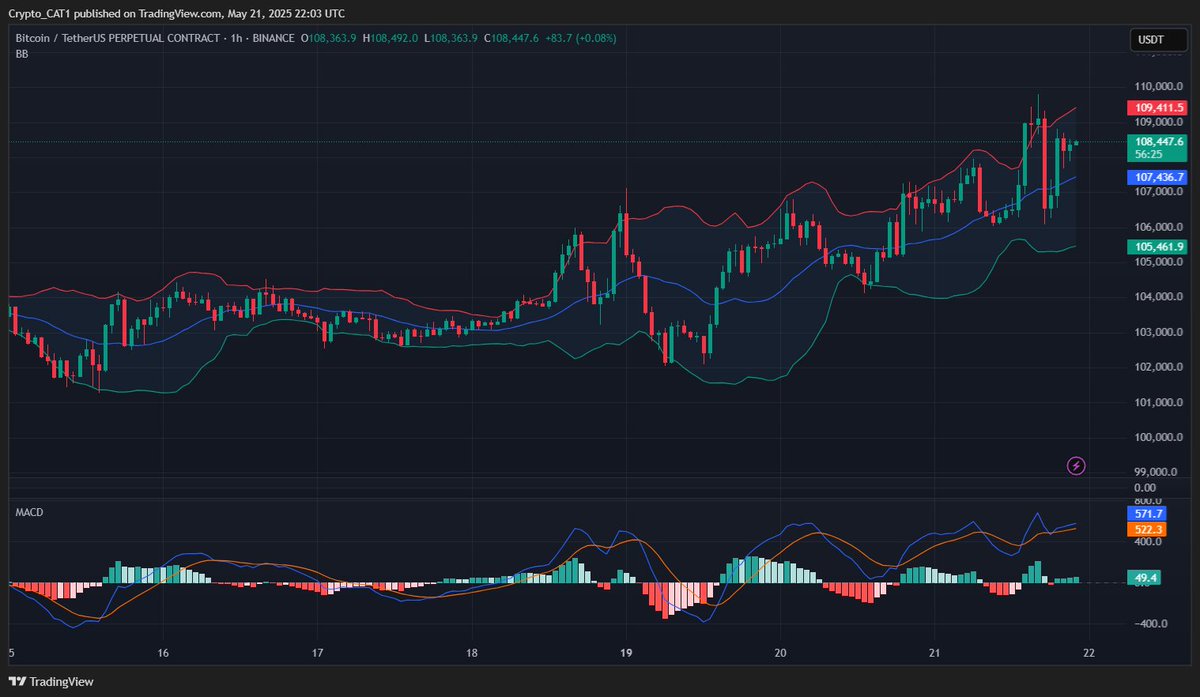Exploring the Current Landscape and Future Prospects of Artificial Intelligence
Opening the Doors to AI’s Transformative Power
Artificial Intelligence (AI) is no longer a futuristic concept confined to sci-fi novels and blockbuster movies; it has become a fundamental driving force reshaping industries, economies, and everyday life. From powering the voice assistants in our phones to optimizing complex logistics chains, AI’s footprint expands daily with unprecedented speed. However, beyond the buzz and hype lies a multifaceted story marked by technical intricacies, societal impacts, and evolving challenges. This report aims to peel back the layers of AI’s recent developments, analyze its practical and ethical dimensions, and offer a grounded perspective on where it might lead us in the coming years.
Understanding the Tech Pulse: How AI Learns and Evolves
At its core, AI seeks to replicate or simulate human cognitive functions—such as learning, reasoning, problem-solving, and perception—using computational models. Recently, breakthroughs in machine learning, particularly deep learning, have propelled AI’s capabilities leaps and bounds. Through massive datasets and layered neural networks, AI systems can now perform tasks ranging from image recognition to natural language understanding with remarkable accuracy.
One of the pivotal technical innovations is the transformer architecture, which underpins language models like GPT, revolutionizing how machines process and generate human-like text. This advancement allows AI not only to provide answers but to engage in interactive dialogue, making them more accessible and useful across various applications.
However, these models demand immense computational resources, raising questions about sustainability and democratization. Moreover, the “black box” nature of deep learning—that is, how decisions are made within these networks—introduces challenges in interpretability and trust.
Key Applications Illuminating AI’s Growing Role
AI’s impact is felt across several critical sectors. In healthcare, it accelerates diagnostic processes, enabling faster identification of diseases like cancer through image analysis and predictive analytics. Autonomous vehicles leverage AI to interpret sensory data and make split-second decisions on the road, promising to enhance safety and efficiency.
In finance, AI algorithms detect fraudulent activities, optimize trading strategies, and personalize customer experiences. Retail and marketing benefit from AI’s ability to analyze vast consumer data, tailoring recommendations and streamlining inventory management.
Moreover, natural language processing facilitates real-time language translation, sentiment analysis, and even creative fields such as writing and music composition, blurring the lines between human and machine-generated content.
Navigating Ethical Frontiers and Societal Implications
While AI’s promise is vast, it brings complex ethical and social considerations. The automation of jobs raises concerns about workforce displacement and widening inequality, prompting debates on re-skilling and economic safety nets. Bias embedded in training data can perpetuate discrimination, emphasizing the need for fairness and transparency in AI development.
Privacy is another hot button issue, as AI’s hunger for data sometimes clashes with individuals’ rights to control personal information. Additionally, as AI systems gain autonomy, questions emerge around responsibility and accountability, especially in high-stakes scenarios like law enforcement or healthcare decisions.
These challenges remind us that AI is not merely a technical problem but a societal one, demanding multidisciplinary approaches that include policymakers, ethicists, technologists, and the public.
The Macro Perspective: AI in the Global Economy and Geopolitics
AI’s rapid advancement is reshaping competitive dynamics between nations and corporations. Countries investing heavily in AI research and infrastructure aim to secure economic advantages and strategic dominance. This race involves not just technology but data access, talent acquisition, and regulatory frameworks.
At the same time, concerns about AI’s misuse—ranging from deepfakes to autonomous weapons—have sparked calls for international cooperation and governance mechanisms. The balance between fostering innovation and mitigating risks is increasingly delicate, with implications for privacy, security, and human rights.
Looking Forward: Building a Future with AI
AI’s trajectory suggests deeper integration into human activities and decision-making. To harness its benefits responsibly, several pillars must underpin its development. These include transparency in algorithms to build trust, robust privacy protections, inclusive AI that serves diverse populations, and educational initiatives preparing society for evolving skill demands.
Furthermore, interdisciplinary collaboration will be vital to shape policies balancing innovation with ethics. Investing in explainable AI, sustainability of computational resources, and frameworks for accountability will guide this transformation toward shared prosperity.
Conclusion: Embracing an AI-Driven Era with Caution and Curiosity
The journey of AI is a dance between unprecedented opportunity and intricate challenges. Its ability to augment human potential is undeniable, yet it compels society to confront profound questions about control, fairness, and the essence of human work and creativity.
As AI continues to weave into the fabric of daily life, decision-makers, and citizens alike must engage with its nuances, not only as consumers of technology but as active participants in shaping the narrative. The choices we make today regarding AI’s development and deployment will echo through decades, embedding either resilience or risk in the systems that increasingly mold our collective future.
—
Sources
– MIT Technology Review on AI Advances
– OpenAI Research Papers
– World Economic Forum – AI and Society
– Nature – AI Ethics
– Stanford AI Index Report
(Note: Source URLs open in new tabs)











